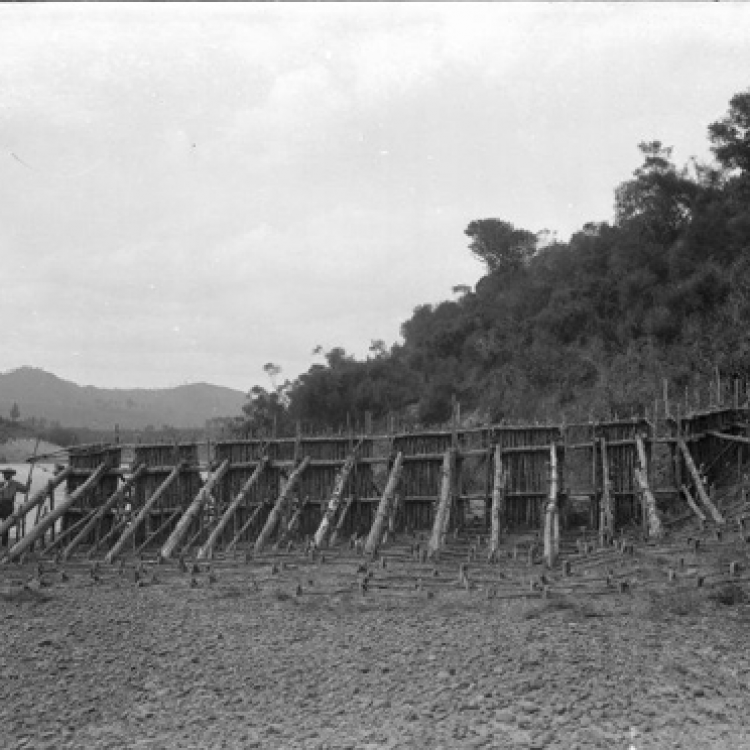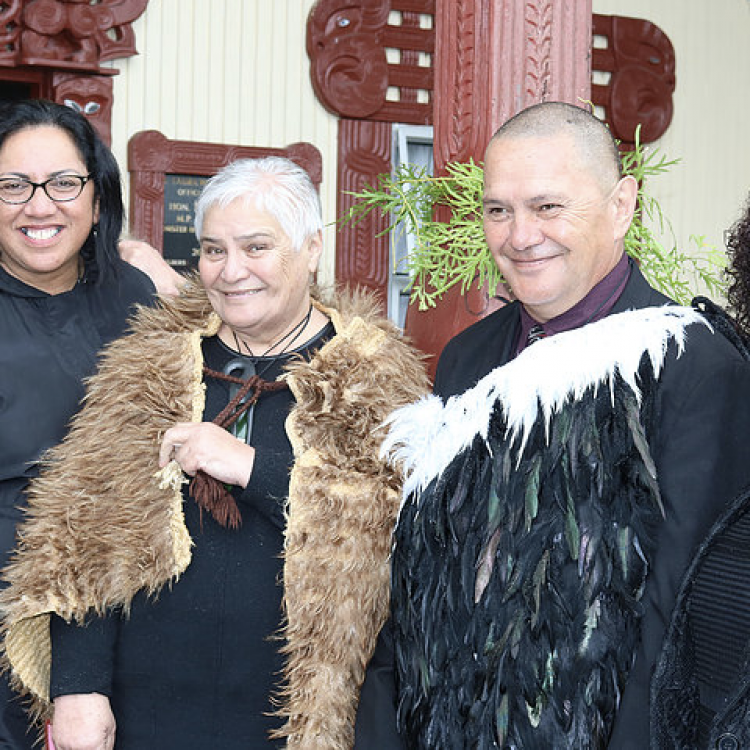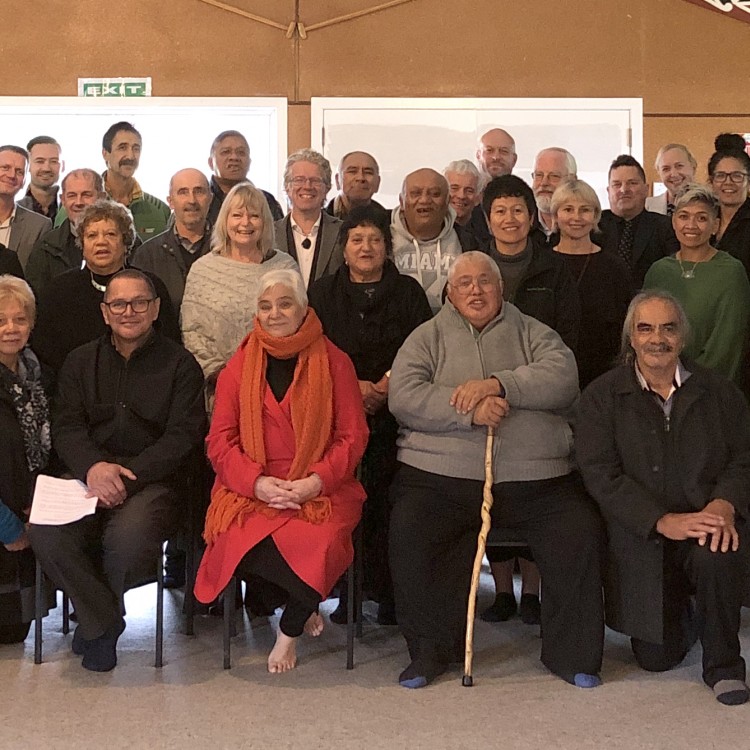Ruruku Whakatupua - the Deed of Settlement
On 5 August 2014, the Crown and Whanganui Iwi signed Ruruku Whakatupua, the Deed of Settlement for the Whanganui River, at Ruakā Marae in Rānana.
Ruruku Whakatupua is the culmination of well over a century’s effort by Whanganui Iwi to protect and provide for our special relationship with the Whanganui River in the face of adverse acts by the Crown and its agents.
This journey has involved numerous petitions to Parliament commencing in the 1870s; the pursuit of one of the longest running cases in New Zealand legal history concerning the ownership of the bed of the River between 1938 and 1962; litigation concerning the operation of, and diversion of waters by, the Tongariro Power Scheme; claims to, and a report in 1999 from, the Waitangi Tribunal; and extensive efforts in negotiation with the Crown over a long period.
Following the recommencement of engagement with the Crown in 2009, progress was steadily, but carefully, made towards the settlement.
In the Treaty settlement negotiations with the Crown, the vision for the Whanganui River settlement has been founded on two fundamental principles:
Te Awa Tupua mai i te Kāhui Maunga ki Tangaroa - an integrated, indivisible view of Te Awa Tupua comprising the Whanganui River and all its elements in both biophysical and metaphysical terms from the mountains to the sea; and
Ko au te Awa,ko te Awa ko au - the health and wellbeing of the Whanganui River is intrinsically interconnected with the health and wellbeing of the people.
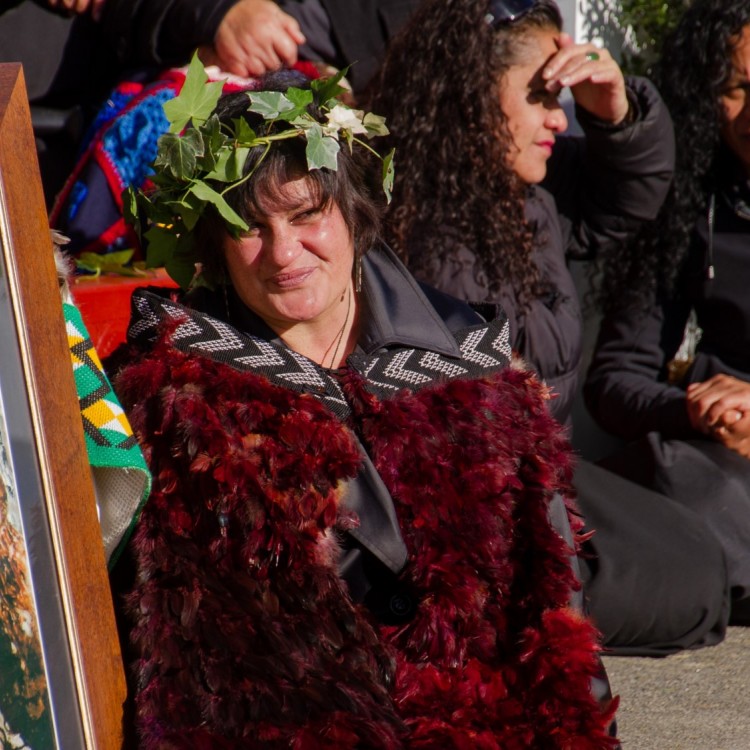
Consistent with the two principles that have underpinned Whanganui Iwi’s approach to the Whanganui River settlement, the framework for the settlement has two primary elements:
- Te Mana o Te Awa - recognising, promoting and protecting the health and wellbeing of the River and its status as Te Awa Tupua; and
- Te Mana o Te Iwi - recognising and providing for the mana of the Whanganui Iwi and its relationship with the River.
These two elements of the proposed Whanganui River settlement are in turn reflected in the two documents which together form the Deed of Settlement, namely:
- Ruruku Whakatupua - Te Mana o Te Awa Tupua; and
- Ruruku Whakatupua - Te Mana o Te Iwi o Whanganui
Ruruku Whakatupua - Te Mana o Te Awa Tupua is primarily directed towards the establishment of a new legal framework for the Whanganui River which is centred on the legal recognition of the Whanganui River from the mountains to the sea, incorporating its tributaries and all its physical and metaphysical elements, as an indivisible and living whole – Te Awa Tupua.
Ruruku Whakatupua - Te Mana o Te Iwi o Whanganui is primarily directed towards Whanganui Iwi and the recognition and further development of the relationship between Whanganui Iwi and the Whanganui River through both cultural and financial redress.
As part of the Whanganui River settlement, the Whanganui River Māori Trust Board will be dissolved and the Whanganui River Trust Board Act 1988 will be repealed. A new trust, Ngā Tāngata Tiaki o Whanganui, has been established as the post-settlement governance entity to receive and manage the settlement assets under the Whanganui River settlement for and on behalf of Whanganui Iwi.
In addition to the Trust Board, the Pakaitore Trust (which holds the Whanganui Courthouse and land on behalf of Whanganui Iwi) and the Te Whiringa Muka Trust (which holds Whanganui Iwi’s fisheries settlement assets) were also wound up.
The assets of each of these entities were transferred to Ngā Tāngata Tiaki o Whanganui.
To access the documentation regarding the Whanganui River Settlement please click below:
Legal Recognition of Te Awa Tupua
At the heart of the settlement and Te Awa Tupua framework is the legal recognition of Te Awa Tupua. The legal recognition of Te Awa Tupua is a fundamental recognition of the interconnectedness of the Whanganui River, its peoples and its resources.
The settlement legislation will provide for the legal recognition of Te Awa Tupua as:
“a living and indivisible whole comprising the Whanganui River from the mountains to the sea, incorporating its tributaries and all its physical and metaphysical elements.”
Te Awa Tupua will also be recognised at law as a legal person – in essence, Te Awa Tupua will be viewed legally as a separate being and have its own legal personality and rights.
This part of the settlement is of international significance and represents the first instance where a natural resource – in this case the Whanganui River – has been recognised as having its own legal personality and rights.
Through the settlement, Te Awa Tupua is given its own voice. Rather than speaking about the River as an inanimate commodity, the Crown, local authorities and others who interact with the River will be required to speak to the River and view it holistically as a living and indivisible whole.
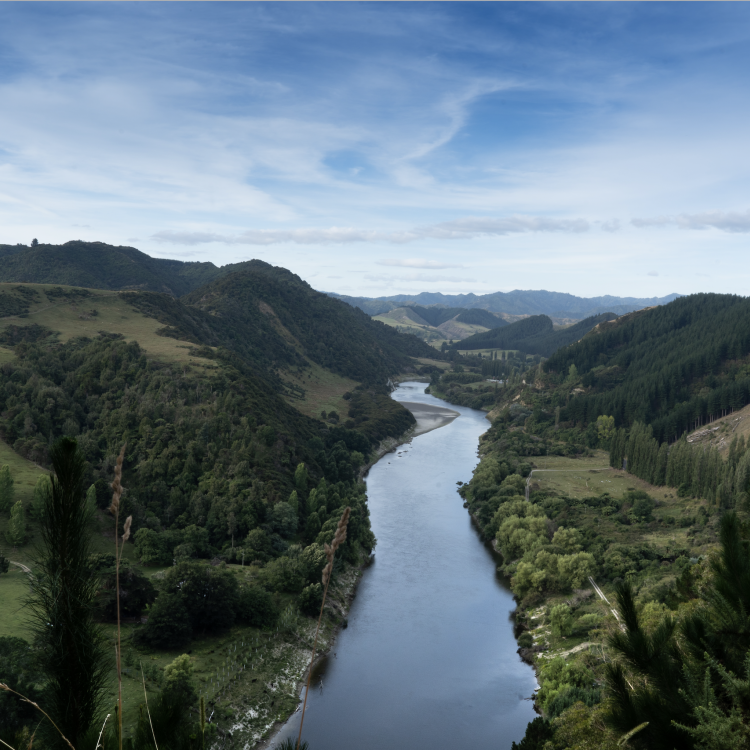
Whanganui River Deed of Settlement Signing
Watch the video below of some of the key moments from the signing on the 5th of August 2014.
Elements within the Whanganui River Settlement
Find out more about some of the further elements of the settlement by clicking the relevant links below.
Register
Do you whakapapa to the Whanganui River? Would you and your whānau like to be registered on the Whanganui Iwi Database? What does that mean?
It means that you get sent pānui and updates on kaupapa related to the Whanganui River and Te Awa Tupua, the people and the river from the Mountains to the Sea. You can also apply for the different grants that are advertised on our website and facebook page.
If you are already on the database and need to up date your details please head to the database or send us an email at office@ngatangatatiaki.co.nz
